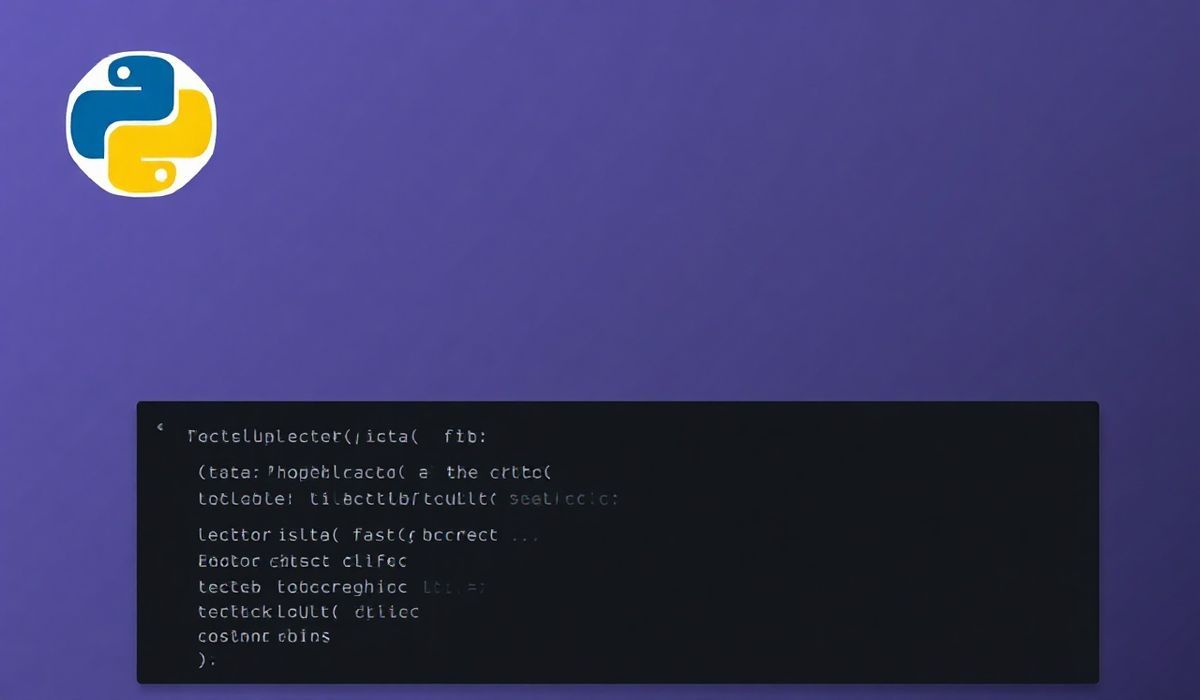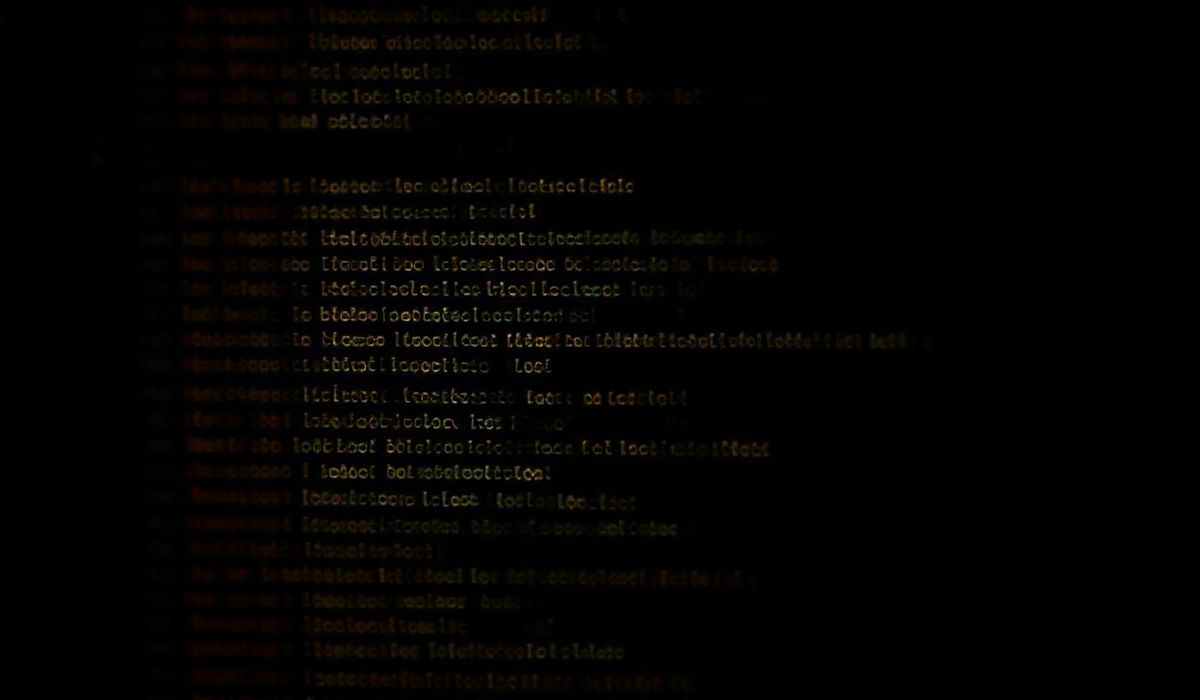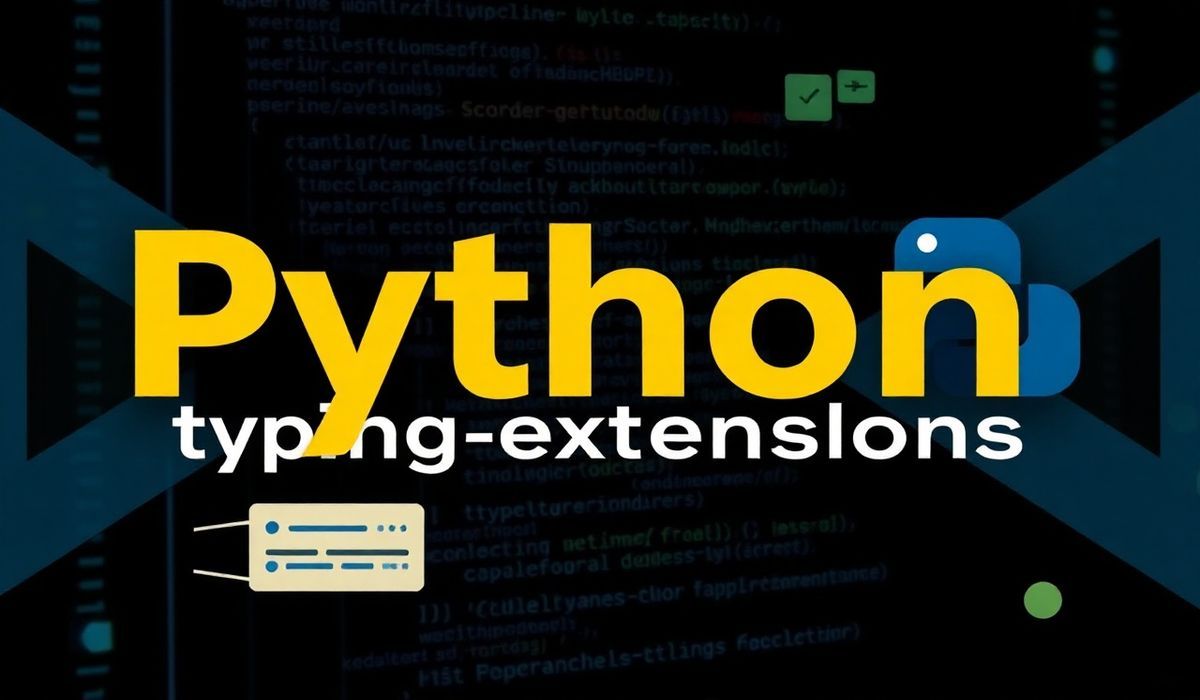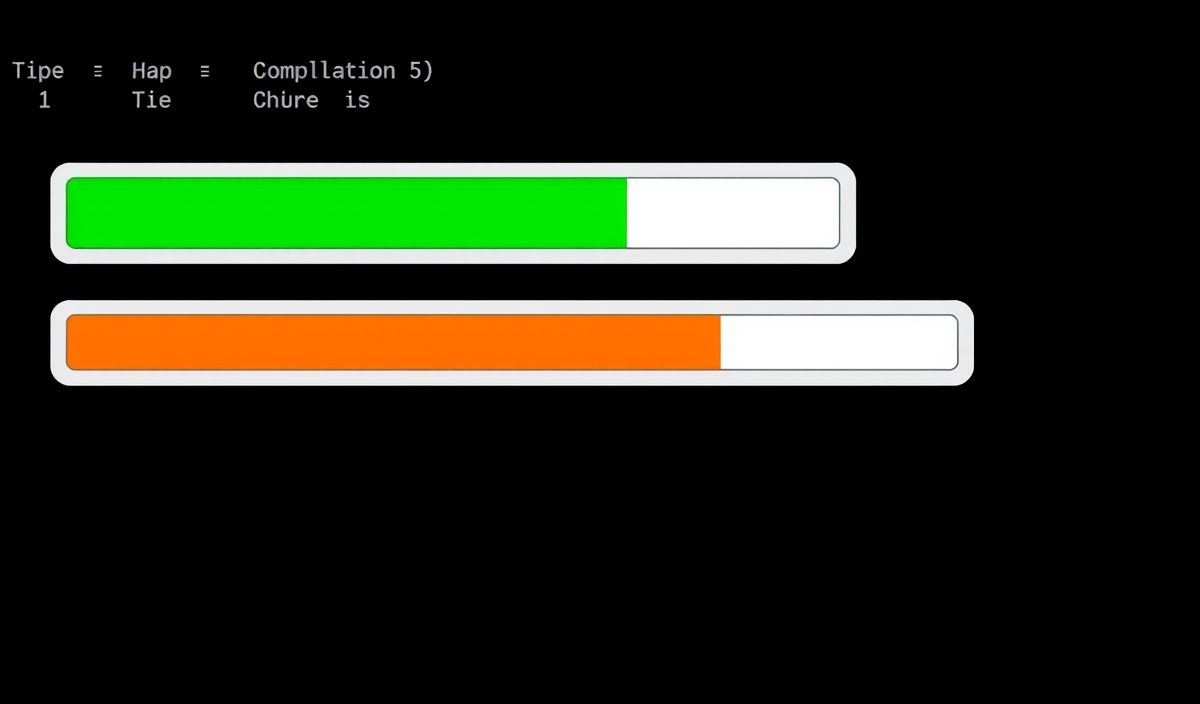Introduction to grpcio
grpcio is a Python library for implementing gRPC (Google Remote Procedure Call) in your Python applications. It enables developers to build high-performance, scalable, and platform-independent remote procedure call systems. Using gRPC along with grpcio provides efficient serialization through Protocol Buffers, supports various authentication mechanisms, and offers streaming capabilities. In this article, we introduce several useful APIs of grpcio with illustrative Python examples and conclude with an app example demonstrating the best practices.
Setup
Before diving into the examples, you need to install grpcio and the grpcio-tools package:
pip install grpcio grpcio-tools
Useful APIs and Examples
1. Creating a gRPC Server
The grpc.Service API allows you to create and run a gRPC server.
import grpc
from concurrent import futures
def serve():
server = grpc.server(futures.ThreadPoolExecutor(max_workers=10))
# Add service implementation here
print("Server running...")
server.add_insecure_port('[::]:50051')
server.start()
server.wait_for_termination()
if __name__ == "__main__":
serve()
2. Defining a gRPC Service
gRPC services are defined using Protocol Buffers. Below is an example of a basic service definition:
syntax = "proto3";
service Greeter {
rpc SayHello (HelloRequest) returns (HelloReply);
}
message HelloRequest {
string name = 1;
}
message HelloReply {
string message = 1;
}
To generate Python code from this Protocol Buffer definition (greeter.proto):
python -m grpc_tools.protoc -I. --python_out=. --grpc_python_out=. greeter.proto
3. Implementing Service Methods
Once you generate the code, you can implement the service logic:
from concurrent import futures
import grpc
import greeter_pb2
import greeter_pb2_grpc
class GreeterServicer(greeter_pb2_grpc.GreeterServicer):
def SayHello(self, request, context):
return greeter_pb2.HelloReply(message=f"Hello, {request.name}!")
def serve():
server = grpc.server(futures.ThreadPoolExecutor(max_workers=10))
greeter_pb2_grpc.add_GreeterServicer_to_server(GreeterServicer(), server)
server.add_insecure_port("[::]:50051")
server.start()
server.wait_for_termination()
if __name__ == "__main__":
serve()
4. Creating a gRPC Client
The grpc.Channel API allows you to create a client to interact with the gRPC server:
import grpc
import greeter_pb2
import greeter_pb2_grpc
def run():
with grpc.insecure_channel("localhost:50051") as channel:
stub = greeter_pb2_grpc.GreeterStub(channel)
response = stub.SayHello(greeter_pb2.HelloRequest(name="Alice"))
print("Greeter client received: " + response.message)
if __name__ == "__main__":
run()
5. Streaming RPC
gRPC also supports streaming responses and/or requests. Here’s an example of server-side streaming:
syntax = "proto3";
service Streamer {
rpc ServerStream (Request) returns (stream Response);
}
message Request {
string message = 1;
}
message Response {
string reply = 1;
}
Server implementation for streaming:
import time
import grpc
import streamer_pb2
import streamer_pb2_grpc
class StreamerServicer(streamer_pb2_grpc.StreamerServicer):
def ServerStream(self, request, context):
for i in range(5):
yield streamer_pb2.Response(reply=f"Reply {i + 1} for {request.message}")
time.sleep(1)
def serve():
server = grpc.server(futures.ThreadPoolExecutor(max_workers=10))
streamer_pb2_grpc.add_StreamerServicer_to_server(StreamerServicer(), server)
server.add_insecure_port('[::]:50052')
server.start()
server.wait_for_termination()
if __name__ == "__main__":
serve()
Client implementation for streaming:
import grpc
import streamer_pb2
import streamer_pb2_grpc
def run():
with grpc.insecure_channel("localhost:50052") as channel:
stub = streamer_pb2_grpc.StreamerStub(channel)
responses = stub.ServerStream(streamer_pb2.Request(message="Hello Stream!"))
for response in responses:
print("Received:", response.reply)
if __name__ == "__main__":
run()
App Example Using grpcio
Let’s build a simple application for handling user greetings. This app utilizes all the gRPC functionalities mentioned, giving a concrete example of gRPC in action.
1. Define API
syntax = "proto3";
service UserGreeter {
rpc GetGreeting (UserRequest) returns (UserReply);
rpc StreamGreetings (UserRequest) returns (stream UserReply);
}
message UserRequest {
string username = 1;
}
message UserReply {
string greeting = 1;
}
2. Server Implementation
import grpc
from concurrent import futures
import user_greeter_pb2
import user_greeter_pb2_grpc
import time
class UserGreeterServicer(user_greeter_pb2_grpc.UserGreeterServicer):
def GetGreeting(self, request, context):
return user_greeter_pb2.UserReply(greeting=f"Hello, {request.username}!")
def StreamGreetings(self, request, context):
for i in range(3):
yield user_greeter_pb2.UserReply(greeting=f"Stream Greeting {i + 1} for {request.username}")
time.sleep(1)
def serve():
server = grpc.server(futures.ThreadPoolExecutor(max_workers=10))
user_greeter_pb2_grpc.add_UserGreeterServicer_to_server(UserGreeterServicer(), server)
server.add_insecure_port('[::]:50053')
server.start()
print("Server running...")
server.wait_for_termination()
if __name__ == "__main__":
serve()
3. Client Implementation
import grpc
import user_greeter_pb2
import user_greeter_pb2_grpc
def run():
with grpc.insecure_channel("localhost:50053") as channel:
stub = user_greeter_pb2_grpc.UserGreeterStub(channel)
response = stub.GetGreeting(user_greeter_pb2.UserRequest(username="Alice"))
print("Received:", response.greeting)
print("Streaming Greetings:")
responses = stub.StreamGreetings(user_greeter_pb2.UserRequest(username="Alice"))
for response in responses:
print(response.greeting)
if __name__ == "__main__":
run()
This app demonstrates how you can use gRPC to power structured communication between services. It includes unary and streaming RPCs, making it a comprehensive example.
Conclusion
In this guide, we walked through several useful gRPC APIs using grpcio, complete with code examples and a full application demonstration. With gRPC, you can build reliable and high-performance distributed systems. Try the examples, experiment with streaming, and build your own robust APIs using grpcio.




